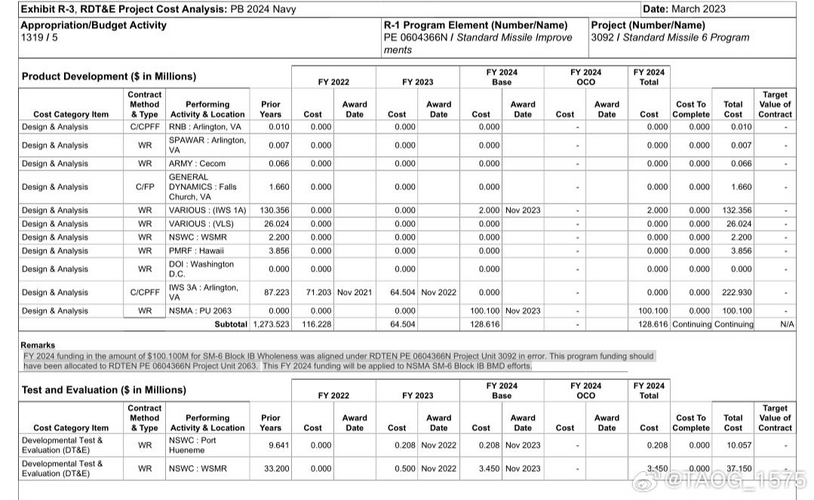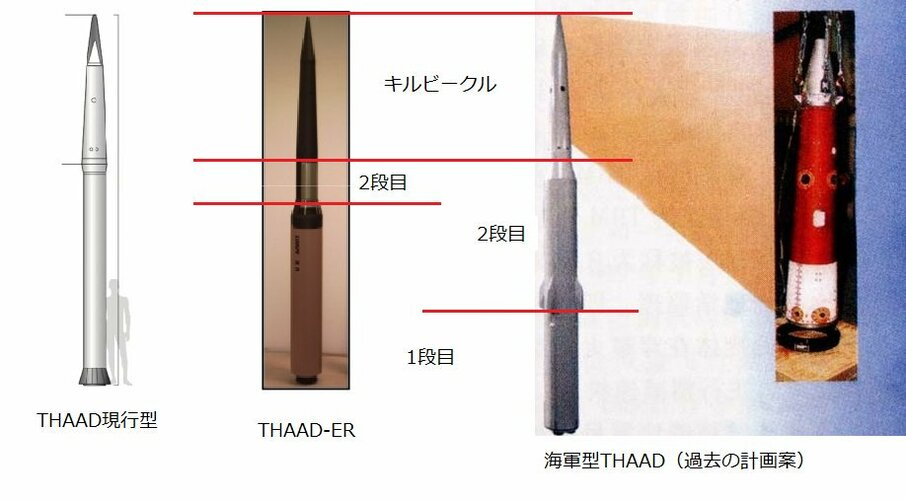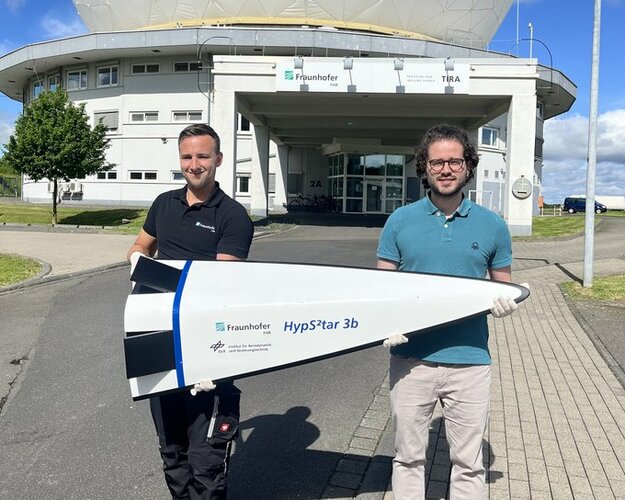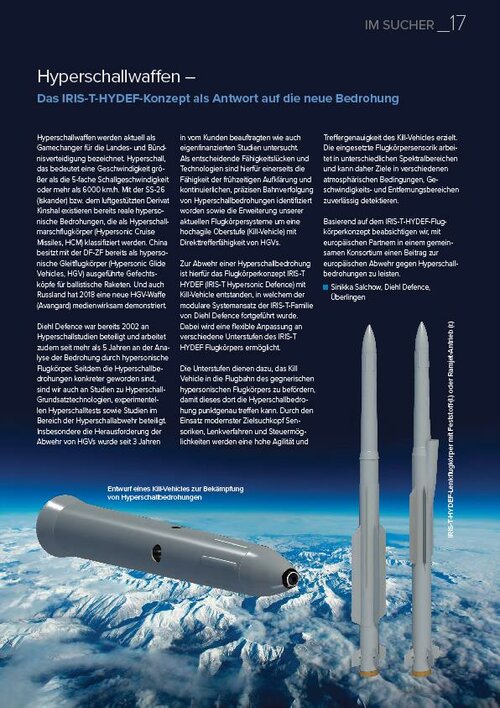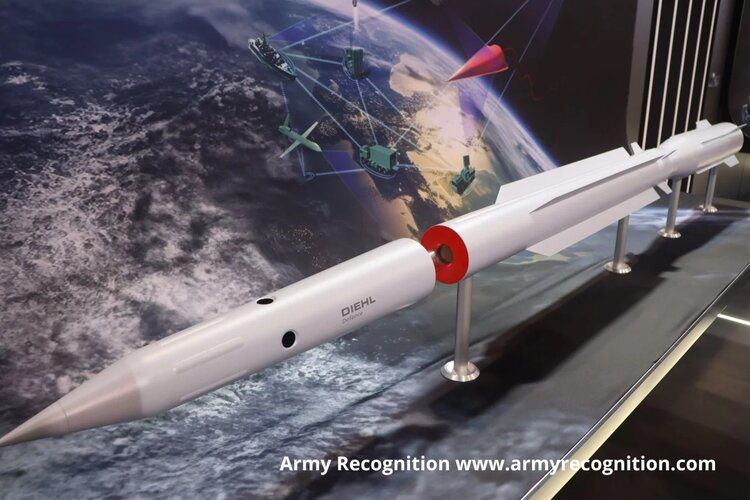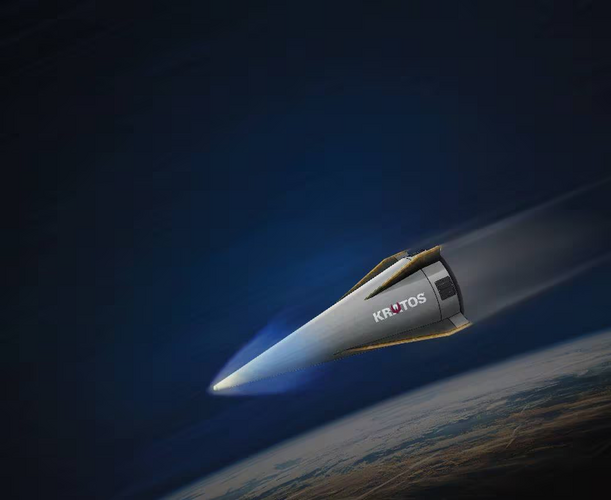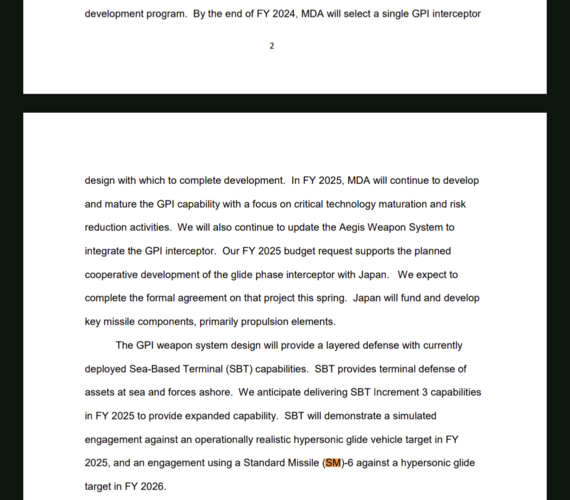Lockheed Martin Space, Sunnyvale, California, has been awarded a $977,599,318 cost-plus-incentive-fee contract modification (P00127) to previously awarded contract FA8810-18-C-0005 for Phase 2.1B. The Phase 2.1B contract modification is for on-orbit developmental and operational testing, calibration, and tuning of the Overhead Persistent Infrared (OPIR) main mission payload, entrance into the interim operations period, and interim contractor support for the Next Generation OPIR Geosynchronous System for two space vehicles consistent with the space vehicle 3 descope. The locations of performance include Sunnyvale, California; Boulder, Colorado; and Aurora, Colorado. The work is expected to be completed July 31, 2029. Fiscal 2024 research, development, test and evaluation funds in the amount of $183,649,905 are being obligated at the time of award. Total cumulative face value of the contract is $8,193,503,619. Space Force, Space Systems Command, Space Sensing, Los Angeles Air Force Base, California, is the contracting activity.

